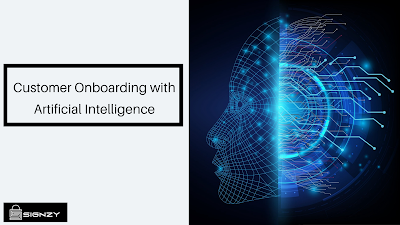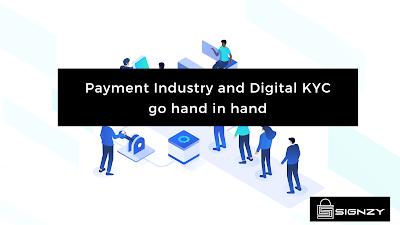Artificial intelligence is dominating many sectors, and financial institutes are no different. Artificial intelligence makes our tasks quick and easy. In video KYC for customer verification, artificial intelligence is used extensively.
Enhanced User Experience
Video KYC onboarding helps in making user journeys hassle-free. The latest technology, like artificial intelligence, facial recognition, document reading, and multiple financial dataset integration, are used to eliminate form filling and physical visits to the financial institutes.
Scalable Backend Operations
Artificial intelligence and Learning-based core regulatory engine play an integral role in helping businesses scale faster, cut turnaround time, and reduce cost. The latest systems simulate human intelligence to bring Intelligent Process Automation (IPA) in business processing.
Privacy and Security
Privacy first design principle used by organizations providing video KYC solutions helps create the state of the art security, privacy, and data protection infrastructure, which helps in creating fully secured, dedicated, and on-premise applications. Digital frauds are rising in numbers, and for that, image and video fraud checks help to determine whether there are any chances of frauds or systems are safe and powerful to handle everything securely.
Faster Digital Transformation
Faster digital transformation is the need of the hour. Specific financial and compliance risk modules are there to help you with a speedier digital transformation. You don’t require any coding, plug, and play pre-integrated modules help make connections quick and hassle-free.
How Video KYC Takes Place?
Video KYC is a simple process that doesn’t take a lot of time. The user requires a laptop, tablet, or phone and a working internet connection.
Video KYC is a simple process that doesn’t take a lot of time. The user requires a laptop, tablet, or phone and a working internet connection.
The bank executive is on the other side of the video chat. He learns about the location coordinates of the user. The user should be in the same country as the bank/financial institution. Then the bank executive asks users some basic questions like his name, address, etc.
Then he asks users to upload their identity cards issued by the government.
The user uploads the documents, and the bank executive checks them and matches the user’s face with that on the documents.
Artificial intelligence, facial recognition, optical character reader techniques are used to check the documents to ensure they are not fake.
The bank executive might record the video.
The user is not allowed to record the video.
After the process gets finished, the user is allowed to disconnect the video call.
Final Words
Video KYC verification is an easy and stress-free process that allows customers to complete the KYC process from the comfort of their homes. Users don’t require visiting the bank branch to complete the process. Artificial intelligence makes it possible for companies to allow the video KYC process. In a short span of time, we will see more and more companies using the video KYC process to provide a better customer experience. Many top companies around the world are successfully using the video KYC process by using artificial intelligence and making the customer onboarding process quick.






